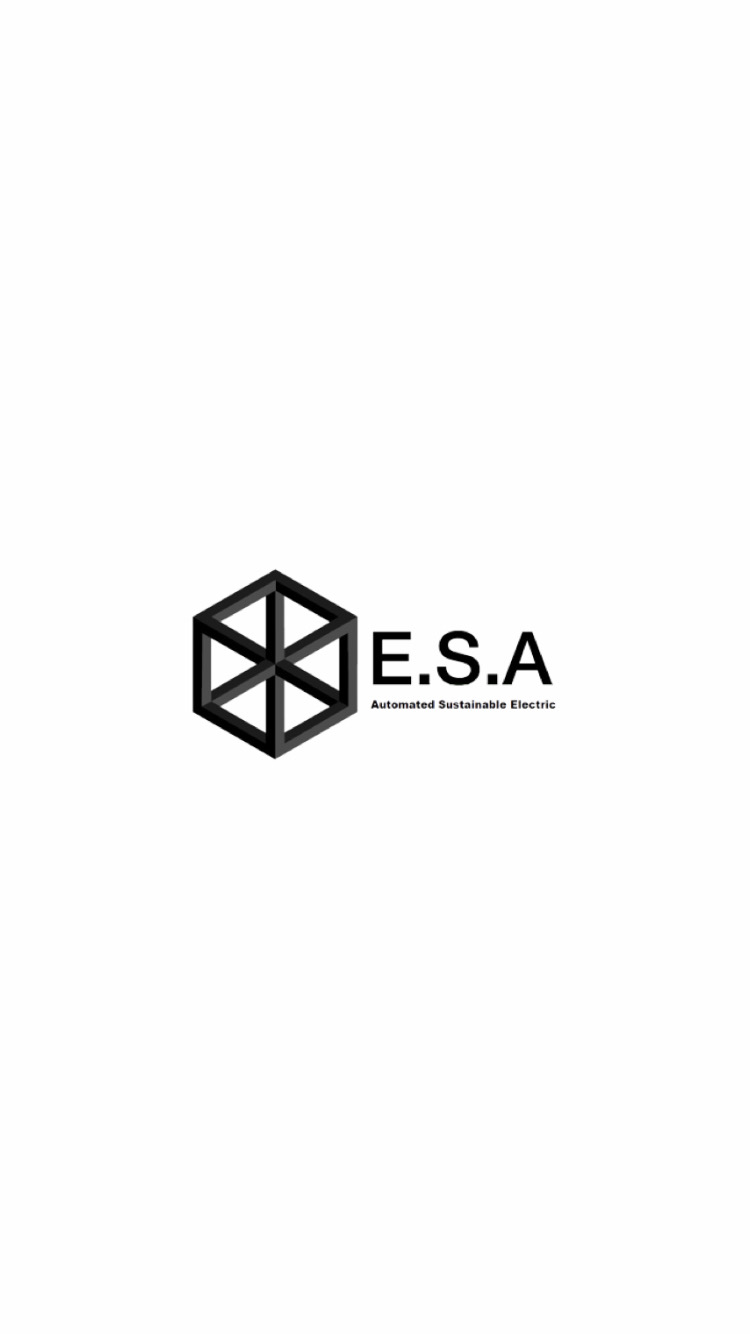The Free Energy Market (MLE/CEM): How SMBs Can Cut Utility Bills by Up to 30% and Migrate Risk-Free
- Elétrica Sustentável Automatizada

- 30 de out.
- 3 min de leitura
Electricity, once viewed as a fixed and non-negotiable expense, is undergoing its biggest transformation. With the expansion of the Free Energy Market (MLE) – a term equivalent to a Competitive Energy Market (CEM) in the U.S. – Brazilian consumers, especially Small and Medium-Sized Businesses (SMBs), have gained unprecedented power: the right to choose their supplier.

The Revolution of Choice
This regulatory change allows you to directly negotiate price, term, volume, and even the source of energy (solar, wind) with marketers or generators, abandoning the local distributor's captive rate. For an SMB fighting daily against high operating costs, the MLE is not just an option: it is a strategy for survival and competitiveness that can generate savings of up to 30% on the final bill.
What Changed in 2025? Understanding Eligibility
The major shift occurred with the market opening up to Group A consumers (those served by high or medium voltage, typically above 2.3 kV), regardless of the contracted demand level.
Who can migrate today? Industries, large condominiums, hospitals, schools, and large commercial businesses that receive power at medium or high voltage (e.g., those with Substations or dedicated transformers).
Market Opportunity:
This flexibility has created a massive wave of migration. However, migrating without the proper technical knowledge is the biggest mistake, as the promised savings can be wiped out by fines and inefficiency.

The 4-Step Guide to a Safe and Profitable Migration
The transition to the Free Energy Market requires more than just signing a contract; it demands engineering and planning. Follow these steps to ensure that the savings are real and long-lasting:
1. Feasibility Study and Consumption Profile
First and foremost, an engineering professional must conduct an in-depth study of your consumption profile. This is not just about looking at the bill, but about understanding the load curve and contracted demand. Technical analysis ensures that the contracted value is ideal for your business, preventing the cost of excess demand or idleness from nullifying the MLE savings.
2. Metering and Billing Adjustment
To trade in the free market, your company will need a metering system that meets the standards of the CCEE (Brazilian Chamber of Commercialization of Electric Energy). This often involves installing smart meters and communication systems that ensure data accuracy, which is fundamental for correct billing.
3. Strategic Negotiation
With the consumption profile in hand, it is time to choose the best strategy: buying power from generators or marketers/retailers. The consulting engineer acts as your guide, helping to draft contracts that balance price, flexibility, and supply reliability.
4. Termination Notice and Transition
The final process involves notifying the local utility company within the legal timeframe and coordinating the migration date. Technical oversight is vital at this point to ensure that the transition occurs smoothly, without the risk of supply interruption.

The Hidden Cost: Why Engineering is Essential
Many companies migrate to the MLE focusing only on price and ignore technical risks, which destroys the savings:
Power Factor and Penalties: In the MLE, vigilance over power quality is strict. A low Power Factor results in expensive penalties. Contracting a capacitor bank and a good Power Quality project is the difference between profit and loss.
Optimized Contracted Demand: If you contract too much demand, you pay for what you don't use. If you contract too little, you pay an extremely high fine for Exceeding the limit. The engineer ensures precise calculation.
Battery Energy Storage Systems (BESS): The future of the MLE lies in flexibility. Solutions like BESS allow your company to store cheaper off-peak energy and use it during the most expensive on-peak hours, maximizing your margin in the Free Market.
Don't trade a cost for a risk! Success in the Free Energy Market depends on engineering consulting that goes beyond the invoice, focusing on the efficiency and quality of your electrical system.
Don't let the chance to save money pass you by! Migrating to the Free Energy Market is the most strategic step for your SMB's financial sustainability.
Want to see more content like this? Access our main Blog page!
#FreeEnergyMarket #SMB #PowerFactor #SmartGrid #ElectricalEngineering #EnergyRetail #UtilityBill #PowerQuality #BESS #FeasibilityStudy #CostReduction #EnergyMigration #AvoidPenalties #ContractedDemand #EnergyManagement #E_S_A #Elétrica_Sustentável_Automatizada


